There can be your advertisement
300x150
How to Prepare Your Apartment for Cold Weather
Before the frost, everything is fine, but the heating season sometimes pauses, and on chilly days we clearly feel: cold air is blowing from the floor. We check places where heat might leak out of the apartment and do everything to keep it, saving money at the same time.
35%
of heat is lost
in apartments in multi-apartment buildings due to poor wall sealing.
This affects both monolithic buildings and brick or stone-built structures. Narrow rooms with long walls along exterior walls cool down faster than more proportionally sized spaces.
18%
of heat loss
is caused by windows and doors.
Add more heat loss if your balcony is not glazed.
15%
of heat
is lost through ventilation.
This arithmetic explains where the costs for heating and electricity in utility bills come from.
Up to 25%
of heat
is lost through the roof.
Residents of first and last floors are in the worst position.
10%
of heat loss
comes from cold floors in first-floor apartments.
The lower the first floor, the colder it will be in the apartment.
Insulating Doors and Windows
A few rules for doors: gaskets should be new and fit tightly to the frame, and two doors are better than one. Gaps between the door frame and wall should ideally be insulated with construction foam, but that’s for a future renovation. For a quick fix, insulating materials based on foam, soft tubes, and wedge-shaped strips work well.
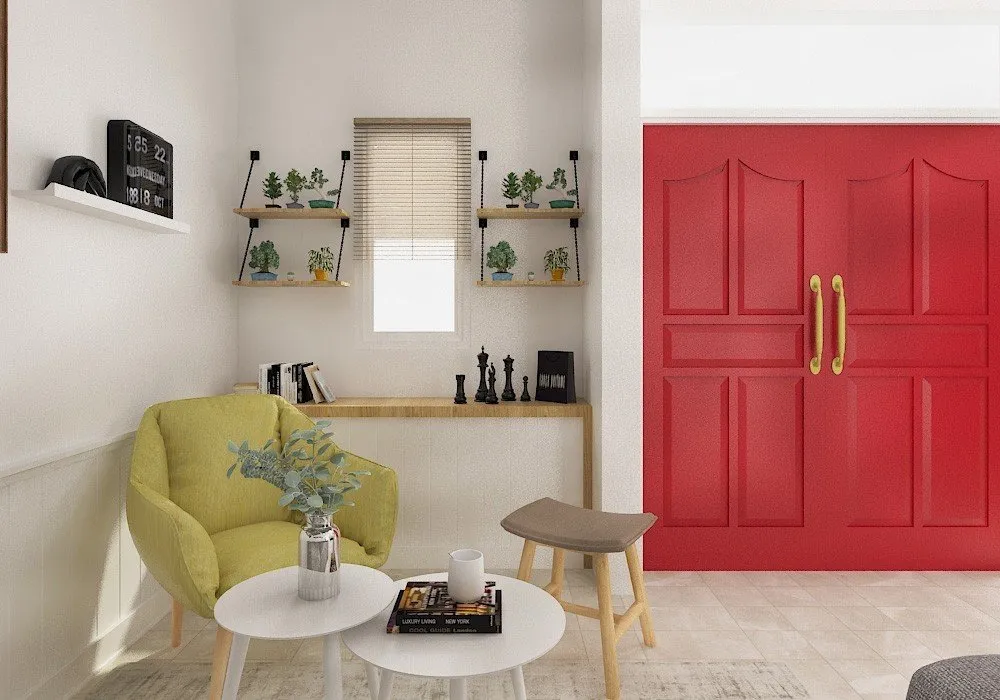
Double-glazed windows (with quality profiles, at least double-chambered with special glass coating) retain more heat than old wooden windows. The quality of installation also matters: will there be gaps or are the sealants of good quality? In autumn, window companies often offer discounts, which is great if you decide to glaze your balcony or loggia—this alone can add several degrees inside the apartment even without internal thermal insulation.
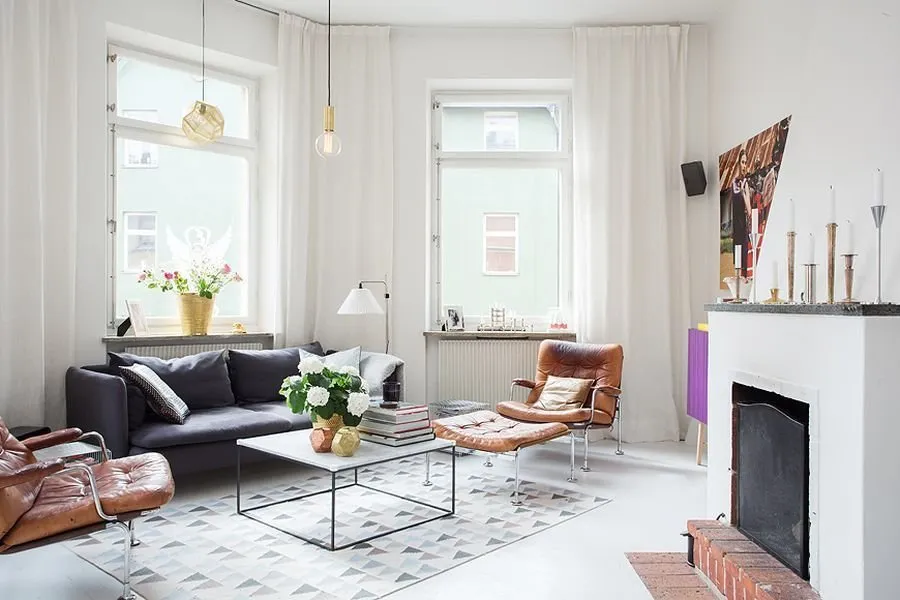
Secure the window hardware at the top edge of the opening parts or contact the service department of the company that installed the windows and guaranteed maintenance under warranty. Remove mosquito nets, which can still leave a small gap. Check if rubber gaskets have hardened; if they are too stiff, consider applying self-adhesive sealing tape around the edges of the opening frames from inside for winter. Inspect the seal between window frames and the interior sill (as well as the balcony threshold) and at the joints of plastic trim. If needed, use silicone waterproof sealant in a tube—white or transparent—to remove old sealant and carefully go over the joints. If cool air is felt under the window sill, the sealant will be useful there too.
Strengthening Walls and Floors

Check baseboards, especially if you have laminate flooring and the baseboards are mounted with fasteners but not sealed properly: remove them and insulate any inevitable gaps. Consider wall mats made from cork, which are not only practical but also decorative. There are insulating wallpapers up to 4 mm thick and heat-reflecting screens behind central heating radiators. Finally, there are always wall and floor rugs.
Heaters and Radiators
We've already told you that old cast-iron radiators should be serviced for free by the technical staff of your property management company before the heating season starts, based on your request. The tip above about heat-reflecting screens made from foam plastic with foil on the wall applies to all types of radiators and is easy to implement.
By the way, dark-colored radiators, not white ones, emit more heat. If this doesn’t violate the style of your living space, consider changing their color.
To maximize heat output, radiators should not be covered by curtains or furniture.

Electric heaters are good helpers during transitional seasons and cold weather, but you should still keep safety in mind. The most reliable ones are oil-filled radiators with adjustable settings and programmable shut-off features, mobile units in various colors that match your interior.
Don’t forget about the air conditioner either: many have heating functions. It's important to remember that the temperature difference between the outside and inside of your apartment should not exceed eight degrees, otherwise using the air conditioner is unsafe. Since cold air collects near the floor, the vents should be directed downward to warm the room faster.
Rugs and Textiles
Tactile feelings of warmth are also important: who likes sitting on a cold surface? Cushions for chairs and sofas and additional pillows will help.
For winter, choose thicker curtains with lining—they block cold more effectively. It’s even better to combine them with roller shades or fabric blinds placed as close to the glass as possible, protecting from low winter sunlight. The more layers, the warmer it is.
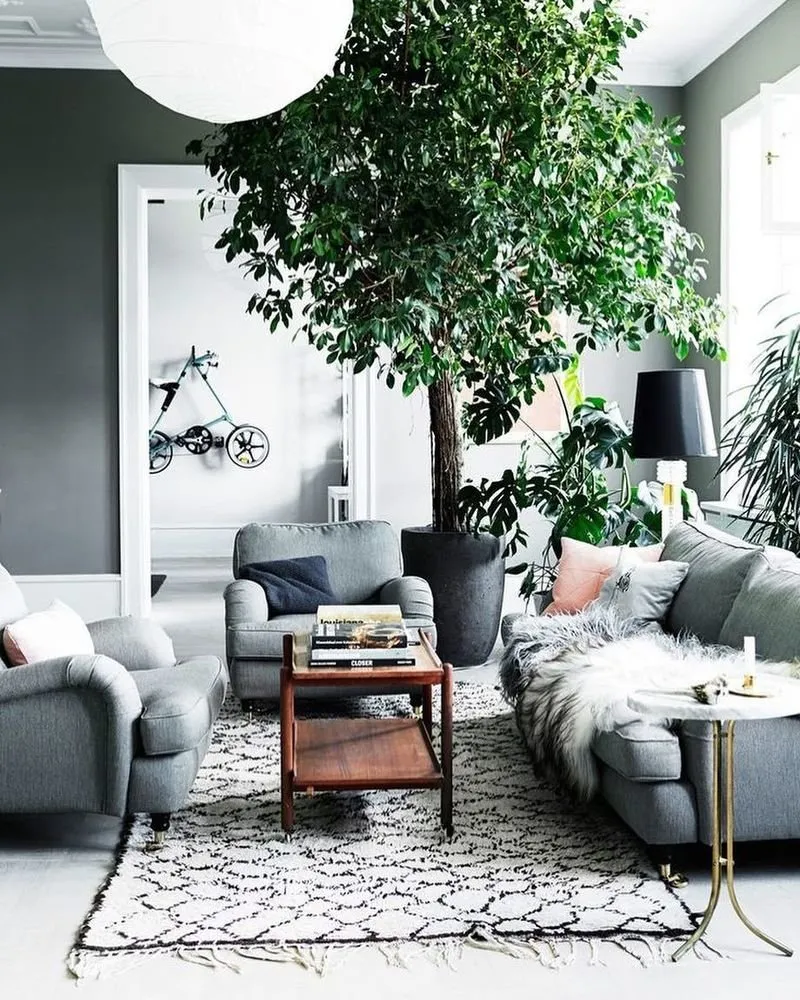
Rugs can be placed one on top of another on the floor in an Eastern style if they are different sizes. When hanging rugs on walls, keep in mind modern trends in mounting (as shown here), which makes the rug look better and allows air to circulate under it.
A few words about ventilation: it is usually on the kitchen, and it can’t be fully closed in winter. But you can replace the grille with a new one that has adjustable openings.
After reducing drafts in your apartment, look into the entrance hall and talk to neighbors: maybe it’s worth insulating the windows and doors of the entrance too?
More articles:
 How Three Generations of a Family Fit on One Land Plot
How Three Generations of a Family Fit on One Land Plot Personal Experience: 6 Silly Mistakes by Builders in Apartment Renovation
Personal Experience: 6 Silly Mistakes by Builders in Apartment Renovation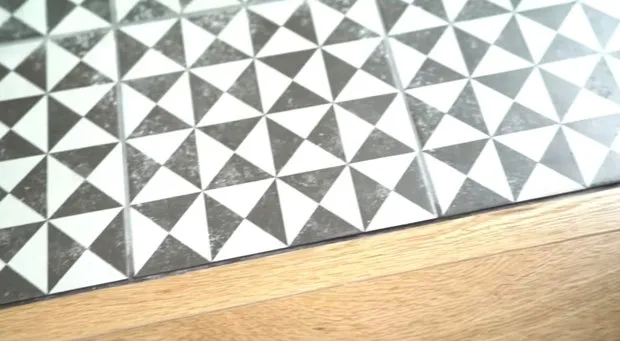 Another 10 Repair Mistakes Nobody Warns You About
Another 10 Repair Mistakes Nobody Warns You About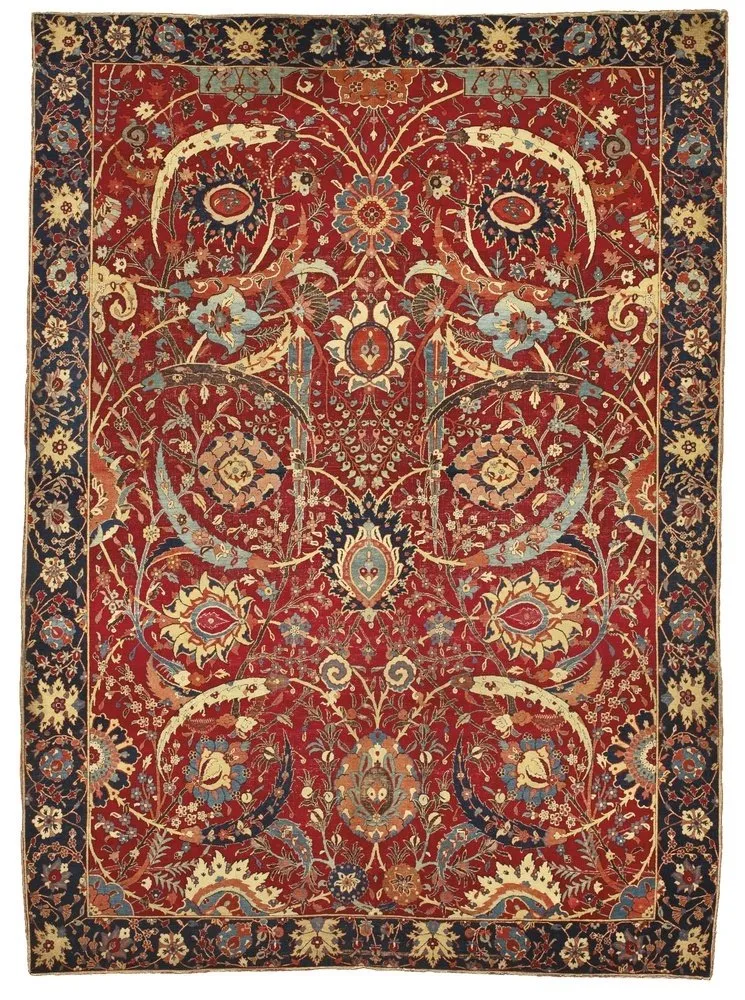 Why Russians Love Carpets (And What to Do If You Live With One)
Why Russians Love Carpets (And What to Do If You Live With One)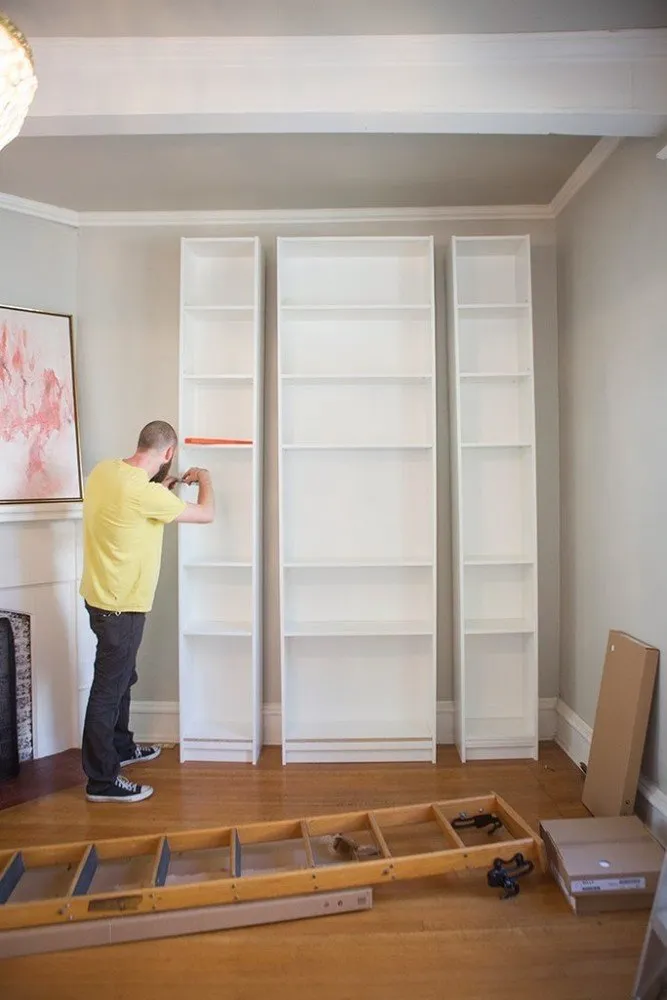 How to Transform a Cheap IKEA Shelf into a Luxury Interior
How to Transform a Cheap IKEA Shelf into a Luxury Interior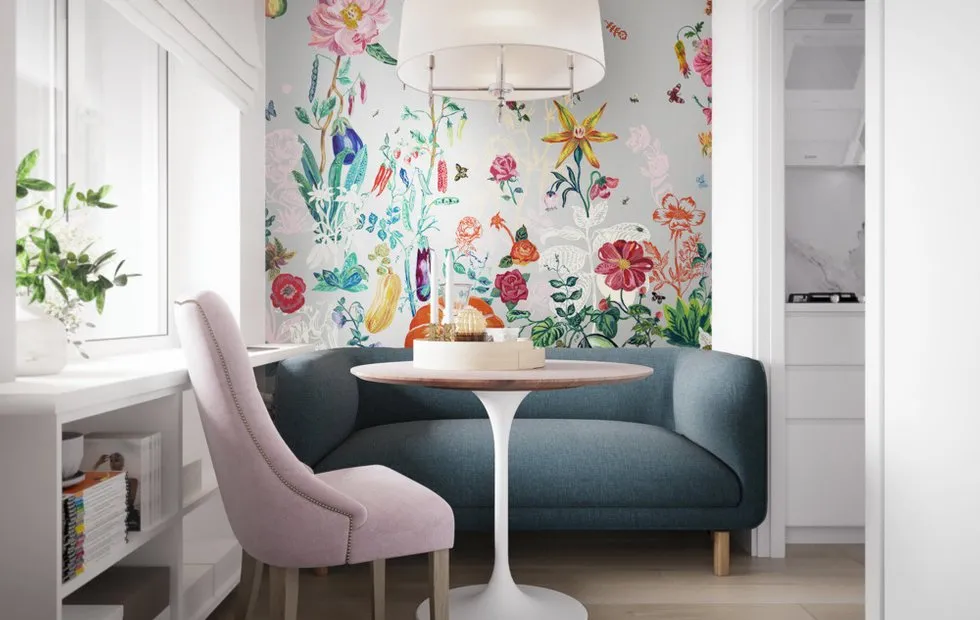 How to Make a Small Apartment Feel Larger: 5 Ways
How to Make a Small Apartment Feel Larger: 5 Ways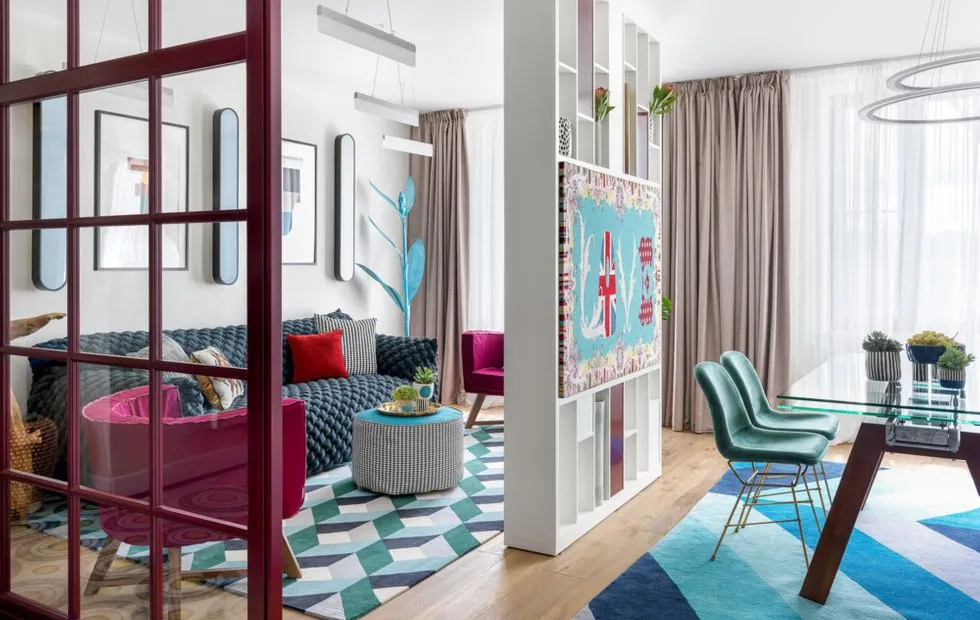 5 easy ways to create a beautiful home interior
5 easy ways to create a beautiful home interior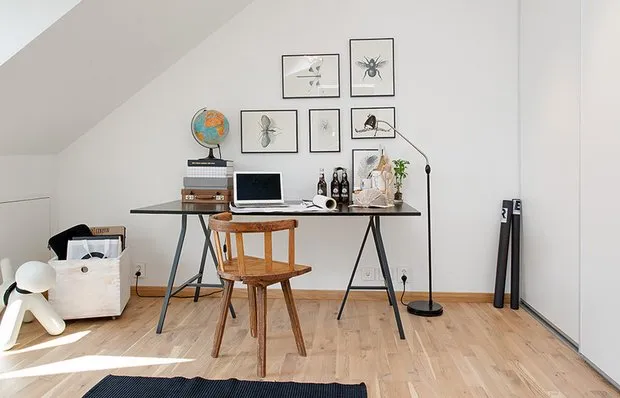 Desk Sill and 20 Genius Ideas for Working or Studying at Home
Desk Sill and 20 Genius Ideas for Working or Studying at Home